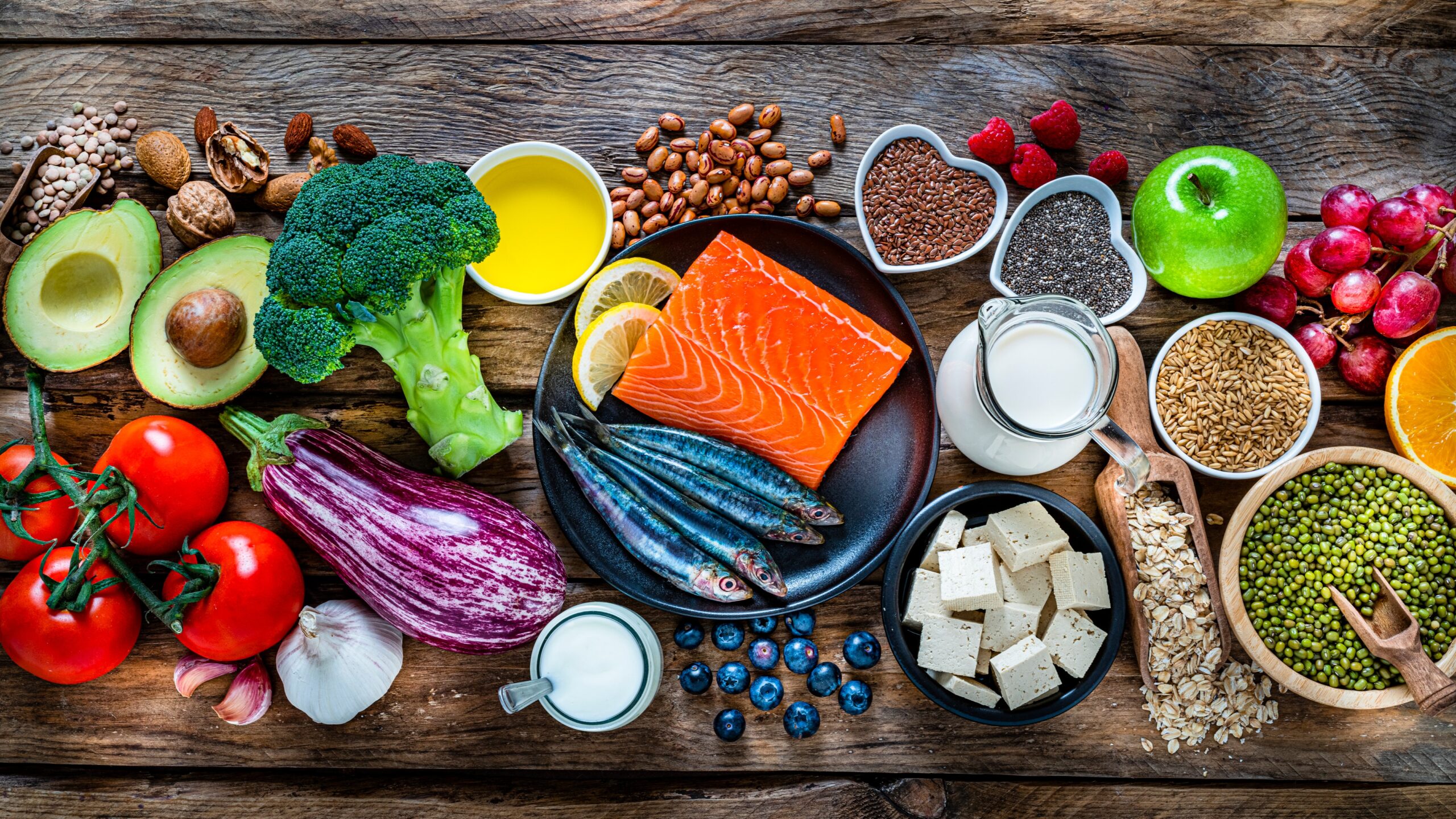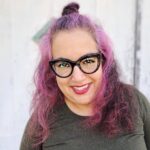
Have you heard of blue zones? They are communities across the world including places like Sardinia, Italy, Okinawa, Japan, and Ikaria, Greece, where people are reportedly living longer, healthier, and happier lives. The blue zones were discovered and continue to be studied by National Geographic Fellow and New York Times bestselling author Dan Buettner. He and his team have used what they've learned in their research to create what they call the Blue Zones Diet intended to help those of us who do not live in blue zones live longer, healthier, happier lives. I'm in!
More from MamásLatinas: All about carrot juice regimen 5×5 Detox, which cleanses the body & restores health
I don't know about you, but when I hear the word "diet" I think it will involve restricting calories and being shamed for my weight. Well, this isn't that kind of diet. Counting calories is not required and its purpose is to help you live longer without developing chronic health issues so that you actually enjoy living longer. Will you lose weight? Maybe because you are cutting out a bunch of high-calorie foods that aren't great for you, but that's not the point. The point is that it is a great way for the whole family to eat. Check it out!
Disclaimer: The advice on MamasLatinas.com is not a substitute for consultation with a medical professional or treatment for a specific condition. You should not use this information to diagnose or treat a health problem without consulting a qualified professional. Please contact your health care provider with questions and concerns.
Why do people in blue zones live longer?
Dan Buettner found that people in blue zones live about 10 years longer than the average US resident and they also have fewer chronic health issues. One of the things that people in blue zones have in common is that the way the eat—their diet—contributes to their longevity.
What is the Blue Zone Diet?
"It's not a hard [and] fast diet," Dan told Fortune. "It's not something where you weigh how many grams of protein and fat you eat. It's more looking at the general foodstuffs." All the blue zone communities eat whole, plant-based foods that are not overly processed and do not have all the added sugars that foods in the US tend to include.
What should you be eating on the Blue Zones Diet?
You want to strive for a 95 to 100% plant-based diet. According the Blue Zones website: "People in four of the five blue zones consume meat, but they do so sparingly, using it as a celebratory food, a small side, or a way to flavor dishes."
Back off of meat in general.
People in the blue zones eat about 2 ounces of meat or less five times a month. Keep in mind that researchers aren't sure "if people lived longer because they ate a little bit of meat as part of the Blue Zones diet or if they thrived despite it."
What does 2 ounces of meat look like?
Two ounces of meat is about half a chicken breast filet or one chicken leg without the skin. When it comes to pork or lamb, 2 ounces is about the size of a deck of cards before you cook the meat.
Stay away from processed meats.
You want to avoid hot dogs, luncheon meats, and other processed meats in general on the Blue Zone Diet. These kinds of meats are not eaten regularly in any of the blue zones, where people consume free-roaming animals that aren't raised with hormones, pesticides, or the use of antibiotics.
You can eat fish.
You can eat about 3 ounces of fish a day, if you want to. One referenced study "found that the people who lived the longest were not vegans or meat-eaters. They were 'pesco-vegetarians,' or pescatarians, people who ate a plant-based diet including a small portion of fish, up to once daily."
Reduce your dairy intake.
A lot of us, up to as high as 60% of us, have a hard time digesting milk. Some of us aren't even aware that we have a lactose intolerance. People in blue zones don't consume cow's milk as much as folks in the US do, but "goat's and sheep's milk products do figure prominently" in some of their diets. Goat's milk does have lactose in it, but it also has lactase, which helps our bodies digest the lactose. Other cow milk swaps to consider are almond milk or soy milk.
Don’t have more than three eggs a week.
Eggs are eaten in all the blue zones studied, but sparingly. You want to eat eggs from free-range chickens that are not given hormones or antibiotics. If you're having an egg, you can round out your meal with a piece of whole-grain bread and a bowl of fruit.
Beans are a big deal in the Blue Zones Diet!
We're talking lentils, garbanzo, black, pinto, soy, and so on. People who live in the blue zones tend to eat four times as many beans as people in the US do. We should be eating 1/2 cup of beans a day. You can cook them yourself or buy the canned variety. Just make sure that if you are buying canned, the ingredients only include beans, water, spices, and a tiny bit of salt.
Keep added sugar to a minimum.
Even healthy foods include natural sugars. That's fine. What you want to stay away from are added sugars in processed foods. The added sugars in your diet should not exceed 7 teaspoons a day. That includes sugar you put in your coffee or sugar in your cookies, drinks, etc.
Go nuts!
Two handfuls of nuts a day is about equal to what people are eating in the blue zones. You can eat whatever kind of nuts you like. You can add nuts to your salads, keep them at work to snack on, or eat them before your regular meal.
Stick to sourdough or whole-wheat bread.
People in the blue zones do eat bread. Thank goodness! But unlike most commercially available breads available in the US, bread consumed in the blue zones is "either whole grain or sourdough, each with its own healthful characteristics." Whole grains are better because they have higher levels of fiber than bleached white flour breads. Sourdough bread, when made in the traditional way, has less gluten than many breads that are labeled "gluten-free."
Eat whole foods.
Eat foods that are made of "single ingredient, raw, cooked, ground, or fermented, and not highly processed." When shopping for food at the grocery store, stay away from products that contain more than five ingredients.
Blue zone beverages coming right up.
What do people in the blue zones drink regularly? They drink coffee in the morning, tea in the evening, wine around 5 p.m., and water all dang day. What they don't drink are sodas. Not even diet sodas. Drink your coffee early so it doesn't affect your sleep, drink teas with anti-inflammatory properties, you can enjoy one to three glasses of wine in the evenings, and have at least seven glasses of water a day.
Eat three of these foods a day.
Dan recommends eating at least three of the following food items daily to make sure you are eating enough whole foods:
- Beans—any kind of beans including lentils, black-eyed peas, black, pinto
- Greens—including spinach, kale, chard
- Sweet potatoes—not yams
- Nuts
- Olive oil—green, extra-virgin for the win
- Oats—slow-cooking or Irish steel-cut
- Barley—you can add it to soups, eat as a hot cereal, or add it to ground beef
- Fruits
- Green or herbal teas
- Turmeric
Always keep these four foods at home.
It's hard to stick to any meal plan if you don't keep your home stocked with what you should be eating. Dan recommends you always keep these four items stocked:
- Whole-wheat bread: You can have it as toast in the morning or as part of a healthy sandwich for lunch.
- Nuts: You don't want to buy nuts in bulk because the oils in them can cause them to go rancid. Buy them in small batches and divvy them up into handfuls for snacking.
- Beans: Buy dry beans and cook them yourself, if you can. Or you can buy canned beans in non-BPA cans that have little to no added salt in them.
- Fruit: Always have your favorite fruits on hand. Keep them in eyesight so that you will be more prone to reach for them.
Keep these foods out of your home.
Dan isn't saying that you should never eat these foods. You can eat them, but don't keep them in your home that way they aren't a mindless choice.
- Sugary drinks: Sodas and juices with added sugar should never be your go-to beverage. Sodas contain 10 teaspoons of sugar. That's way, way too much.
- Salty snacks: Chips, chicharrones, and salty crackers are designed to be irresistible and they have too much salt and too many preservatives in them.
- Processed meats: Processed meats contain nitrates and preservatives that are known to cause cancer.
- Packaged sweets: It's in our nature to love sweet foods. We crave them. Keeping packaged ones in our home makes it too easy to go crazy on them.
What foods can you add to your regular shopping list?
Vegetables
- Fennel
- Kombu (seaweed)
- Wakame (seaweed)
- Potatoes
- Shiitake mushrooms
- Squash
- Sweet potatoes
- Wild greens
- Yams
Fruits
- Avocados
- Bananas
- Bitter melons
- Lemons
- Papayas
- Pejivalles (peach palms)
- Plantains
- Tomatoes
Beans (Legumes)
- Black beans
- Black-eyed peas
- Chickpeas
- Fava beans
- Other cooked beans
Grains
- Barley
- Whole-grain bread
- Brown rice
- Maize nixtamal
- Oatmeal
Nuts and Seeds
- Almonds
- Other nuts
Lean Protein
- Salmon
- Soy milk
- Tofu
Dairy
- Feta cheese
- Pecorino cheese
Added Oils
- Olive oil
Beverages
- Coffee
- Green tea
- Red wine
- Water
Sweeteners and Seasonings
- Garlic
- Honey
- Mediterranean herbs
- Milk thistle
- Turmeric

